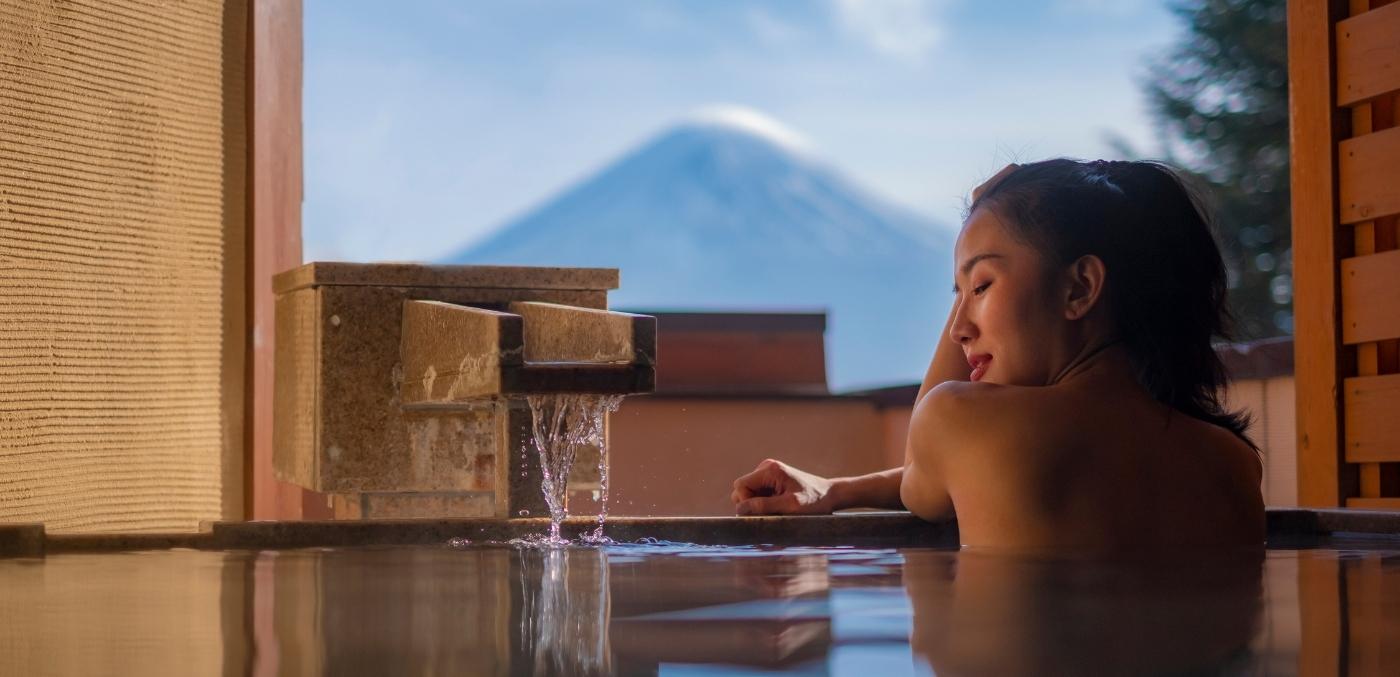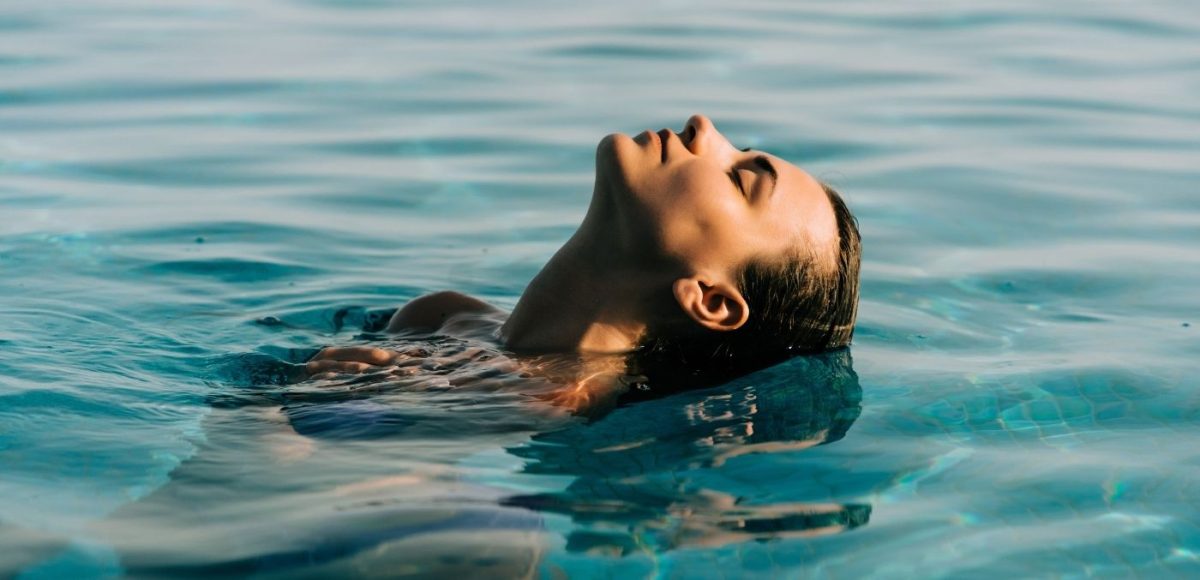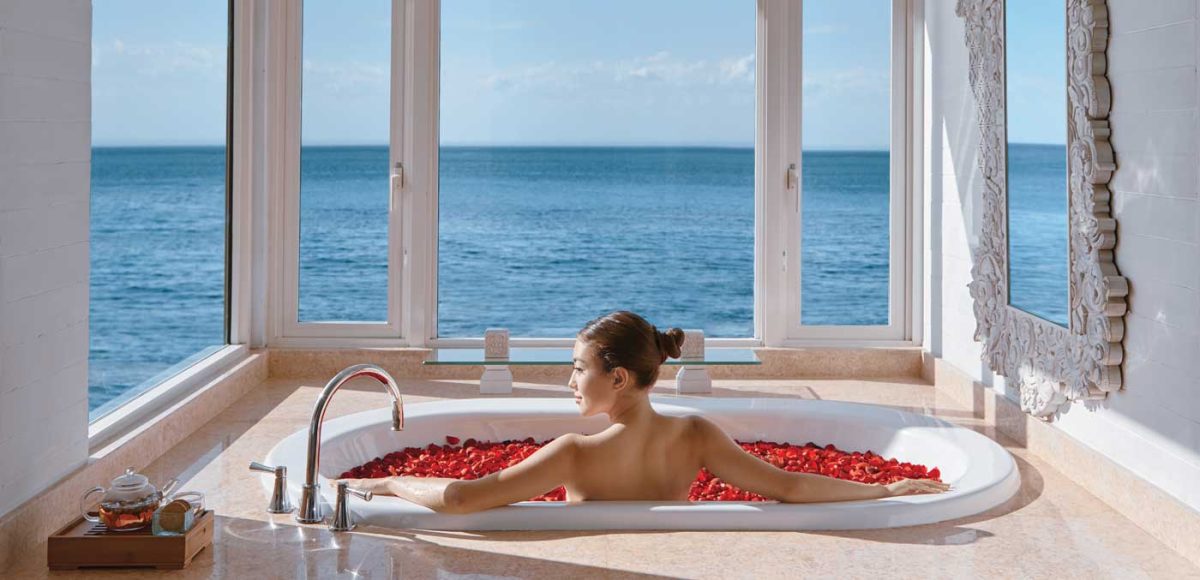1. The Ritz-Carlton Spa, Kyoto
One of Kyoto’s most luxurious hotels enjoys one of the city’s best locations, on the banks of the Kamogawa River with unbroken views of the Higashiyama Mountain range. Impeccably styled rooms and suites are fitted with Japanese artwork, handmade soaps and tea sets for window-side ceremonies. The only reason you should drag yourself away is for an authentic experience of spas in Japan: a calming union of cool stone, teak and water features.
If you’re looking to bliss out, book the ‘Ryokucha Serenity Ritual’, using antioxidant-rich tea leaves to relieve weary muscles. ‘Higashiyama Vigor’ involves pressure point massage using volcanic stones and ESPA oils infused with botanical and marine extracts. To improve flexibility and joint movement, there’s the ‘Kyoto Bamboo Ritual,’ where therapists use warmed bamboo sticks to stretch tight muscles.
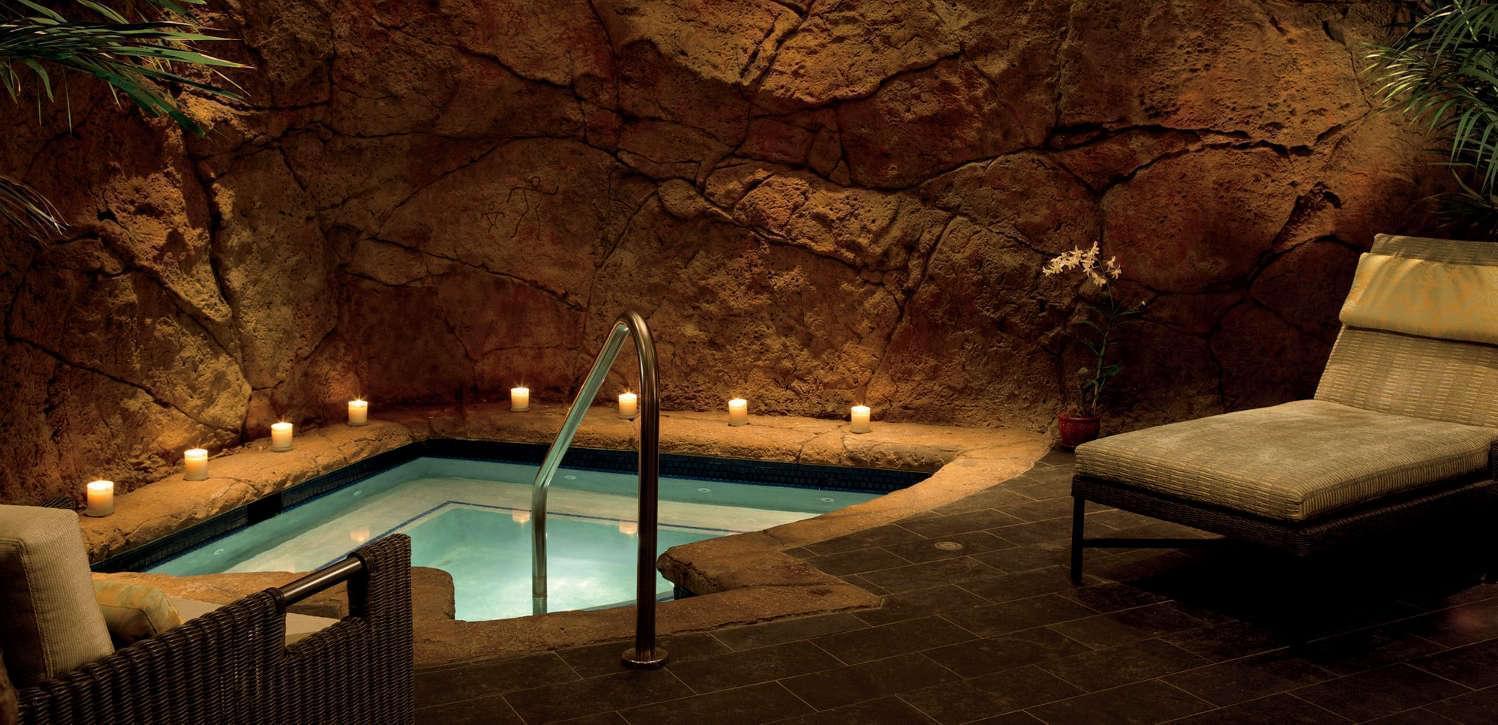
2. The spa at Suiran, a Luxury Collection Hotel, Kyoto
On the banks of the emerald Hozu River, Suiran is designed in the style of the city’s traditional ryokan inns. Japanese maples and bonsai trees ring pebbled courtyards, and some rooms come with private gardens, replete with deep hinoki soaking tubs. The spa also features two private open-air bathing facilities – ‘Raku’ (made of cypress) and ‘An’ (carved into rock). Both offer enviable views over Kyoto’s temple-dotted Arashiyama bamboo grove and draw upon waters from a hot spring of the same name.
The spa menu revolves around indigenous rituals and beliefs. Zuko, a Japanese incense used by monks, is employed to cleanse and purify during your treatment. This might involve a green tea body scrub, jade massaging stones and signature oils prepared in accordance with the lunar cycle.
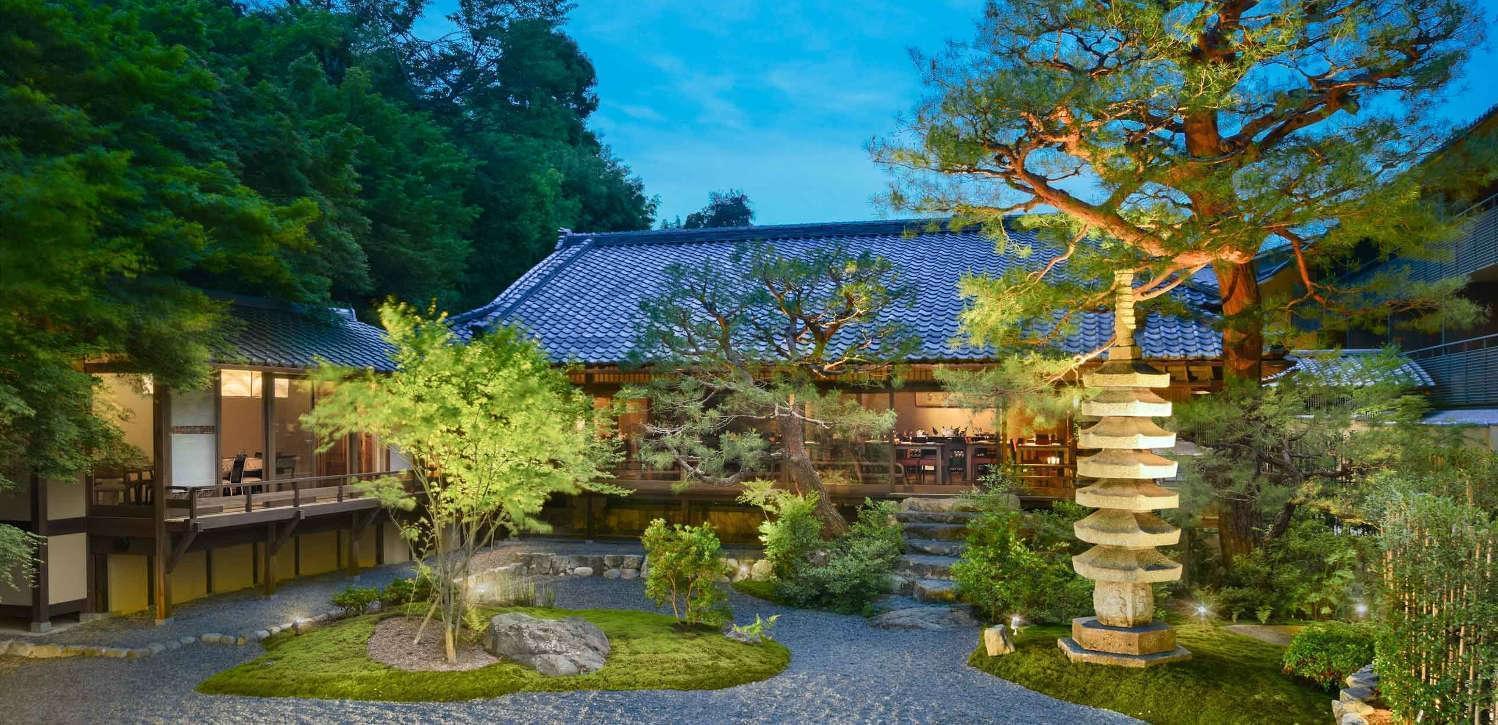
3. Aman Spa at Aman Tokyo
In a city where luxury hotels abound, the first Aman property in Japan – set high in the Otemachi Tower – is hard to fault. Australian architect Kerry Hill has managed to capture a sense of place from the moment you step into Aman Tokyo’s 33rd-floor lobby, an aesthetic that is carried through to the serene spa. Think sliding wooden doors, washi paper screens, deep soaking tubs and elegant kimono-clad staff – all are hallmark characteristics of authentic spas in Japan.
While it’s tempting to just enjoy the views of Mount Fuji from the infinity pool, it would be a shame to miss out on a treatment. All begin with Misogi, the age-old act of purification using water to cleanse and reset one’s core, including steam rooms, traditional showers and baths. My pick? The traditional massage that incorporates Anma techniques and stretching movements to improve circulation, and Ampuku, an abdominal massage to balance organs.

4. Spa Izumi & Hakone Onsen at Hyatt Regency Hakone Resort and Spa
Shaped by lava flows, Fuji-Hakone-Izu National Park begins in the foothills of Mount Fuji and spills south through Hakone, less than 100 kilometres southwest of Tokyo. Thanks to its volcanic history, the region is home to more than a dozen natural, mineral-rich hot springs. Spa Izumi makes the most of this at its base in the mountain lodge-style Hyatt Regency hotel.
Here, a therapeutic soak is a relaxing prelude to therapeutic leg wraps and invigorating hot stone massages. House-made essential oils are concocted from extracts of organic fruit seeds, all high in antioxidants to deeply hydrate the skin.
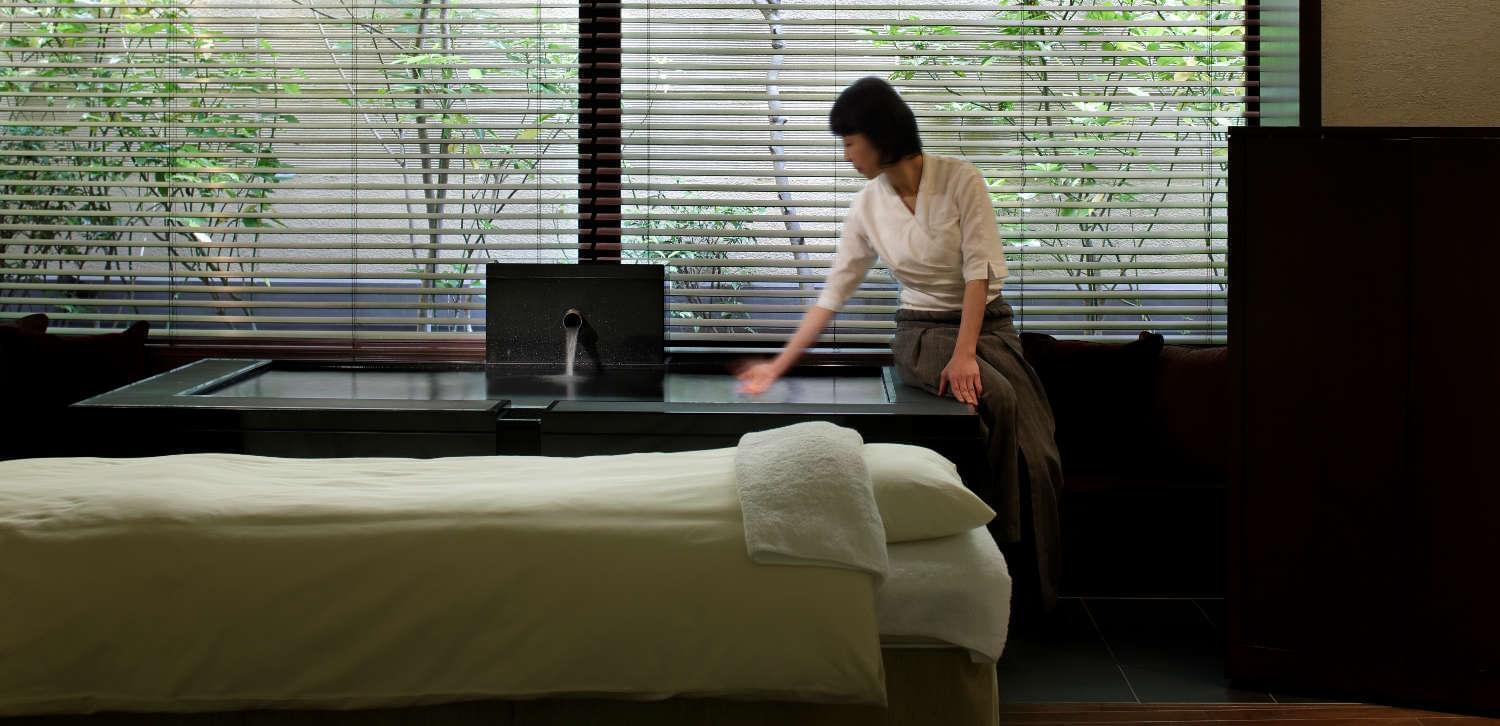
5. Aman Spa at Amanemu
It may not be the most obvious choice of locations for Aman’s second Japanese property, but lazy Ago Bay feels like the perfect fit for this tranquil resort. Known for its oyster rafts and islets, the area is also famed for its mineral springs. Amanemu makes the most of these at its sprawling spa complex, where terraces of tiled hot pools are interspersed with daybeds and an outdoor fireplace.
After a sauna or soak in an onsen, book in for treatments that draw on Japanese principles of Kampo herbal healing. Rituals can last from one hour to multi-day tailored Wellness Immersions, with the latter incorporating specialised diets with the likes of shiatsu massage, acupuncture, yoga and Watsu therapy. These treatments aid in minimising the effects of stress, reducing tension and cultivating mindfulness.
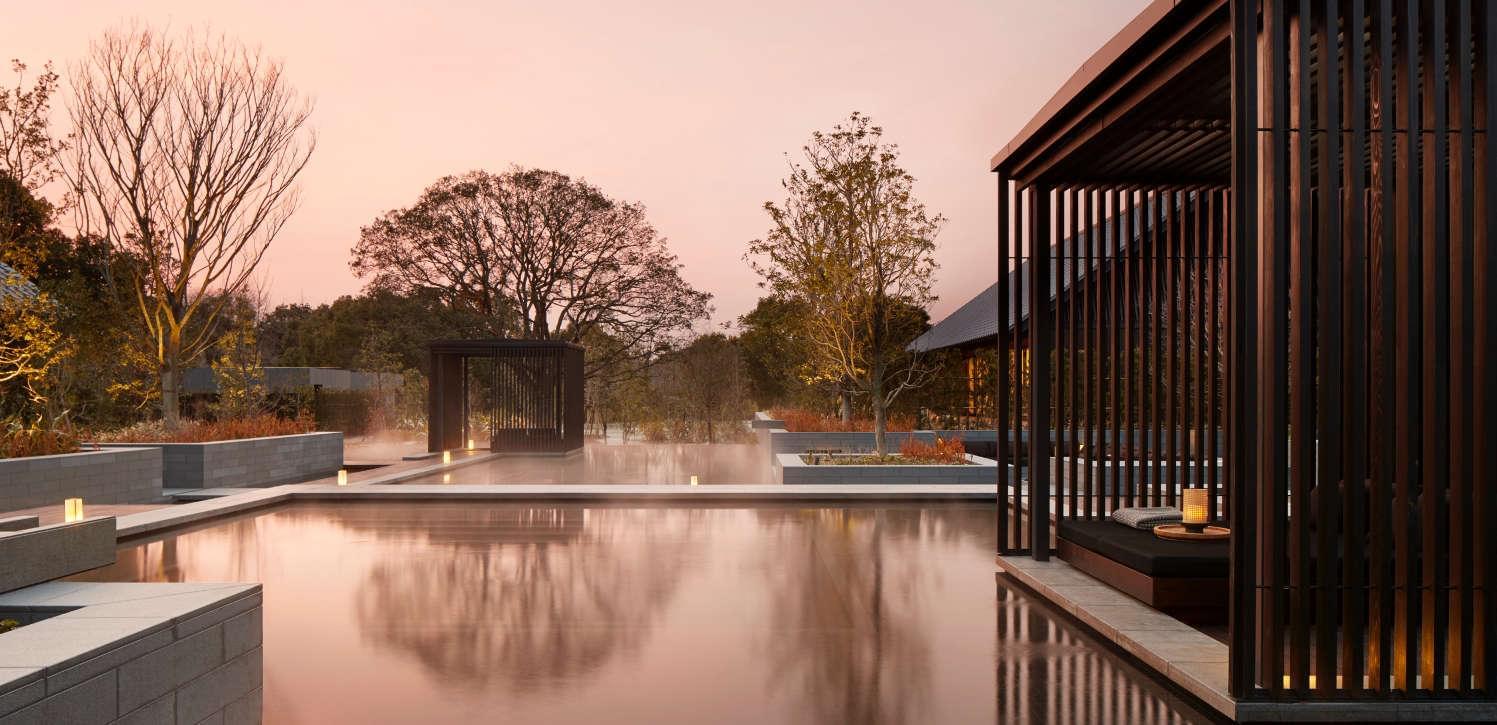
6. AO Spa & Club at Andaz Tokyo Toranomon Hills
Rooms at this boutique hotel atop the Toranomon Hills skyscraper come with jaw-dropping views over the Tokyo Tower and the Imperial Palace. If you can tear your gaze away, you’ll be rewarded with design features including moss-coloured carpeting reminiscent of a Zen garden, woodblock prints and deep circular soaking tubs nodding to Japanese bathing culture.
Unlike most spas in Japan, the fragrance of amenities is seasonal, giving you some idea of the importance placed on aromatherapy. This philosophy carries through to the AO Spa & Club. Each ritual involves customised products created in the Jiyujizai, a package tailor-made to your goals.
7. Zaborin Ryokan at Zaborin
Intimate and authentic, a deep connection to nature is at the core of Zaborin’s traditional ryokan experience. The Zaborin Ryokan offers contemporary Japanese bathing facilities that capture the essence of this cultural practice in a new and luxurious way. Soak up the serenity of Hanazono’s pristine woodlands from one of two private onsen in your own suite, fed by some of the highest quality volcanic spring water in Japan.
Unwind further with a cup of Japanese matcha in the chanoza (formal tearoom), a book from the onsite library or a personal visit from a massage therapist.
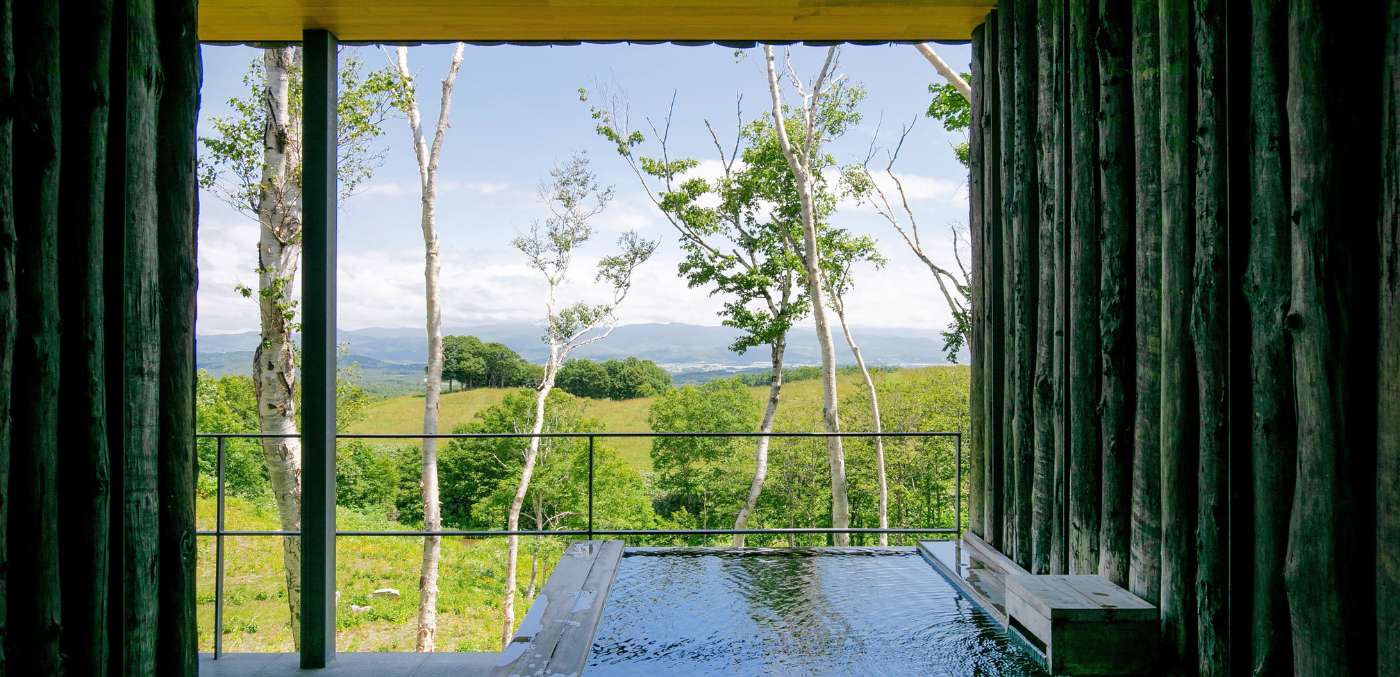
8. Six Senses Spa at Six Senses Kyoto
Intuitive science, traditional healing techniques, bespoke treatments and a diverse wellness menu are what make Six Senses Spa one of the best spas in Japan. For an intensive and dedicated service, guests can consult health experts to design a personalised package using a careful body screening process that assesses their needs. Perhaps a wellness-style omakase treatment is more your speed, where a team of skilled therapists curate a spa program according to your body’s requirements.
The spa at Six Senses Kyoto also allows for wellness-oriented creative expression during an interactive workshop at the Alchemy Bar. Here, you’ll utilise Kampo medicinal herbs and seasonal ingredients from the onsite garden to concoct cures and custom products.

9. Spa Hanari at Hyatt Regency Seragaki Island, Okinawa
Situated on a lush island surrounded by azure seas, Hyatt Regency Seragaki Island, Okinawa is an idyllic isle location for an invigorating spa experience. With treatment rooms offering breathtaking views of the ocean, Spa Hanari aims to reawaken and attune the body’s natural rhythms by employing treatments that tap into various sensory fields. Aromatherapy sessions stimulate the sense of smell using fragrant essential oils, while aloe vera body wraps and exfoliating body scrubs detoxify and nourish the skin.
10. Thermal Spring Spa at Hotel The Mitsui Kyoto
As with most luxury spas in Japan, a traditional onsen experience encompasses an immersion in a peaceful, relaxing and healing environment fed by mineral-rich hot spring water. The Thermal Spring Spa at Hotel The Mitsui Kyoto is a haven for indulging in a blissful soak, be it in a public bathing facility or a Private Onsen space. Aside from a conventional Japanese bathing ritual, unique spa treatments such as traditional Anma Massages and innovative facials are also available for attaining a state of complete Zen.
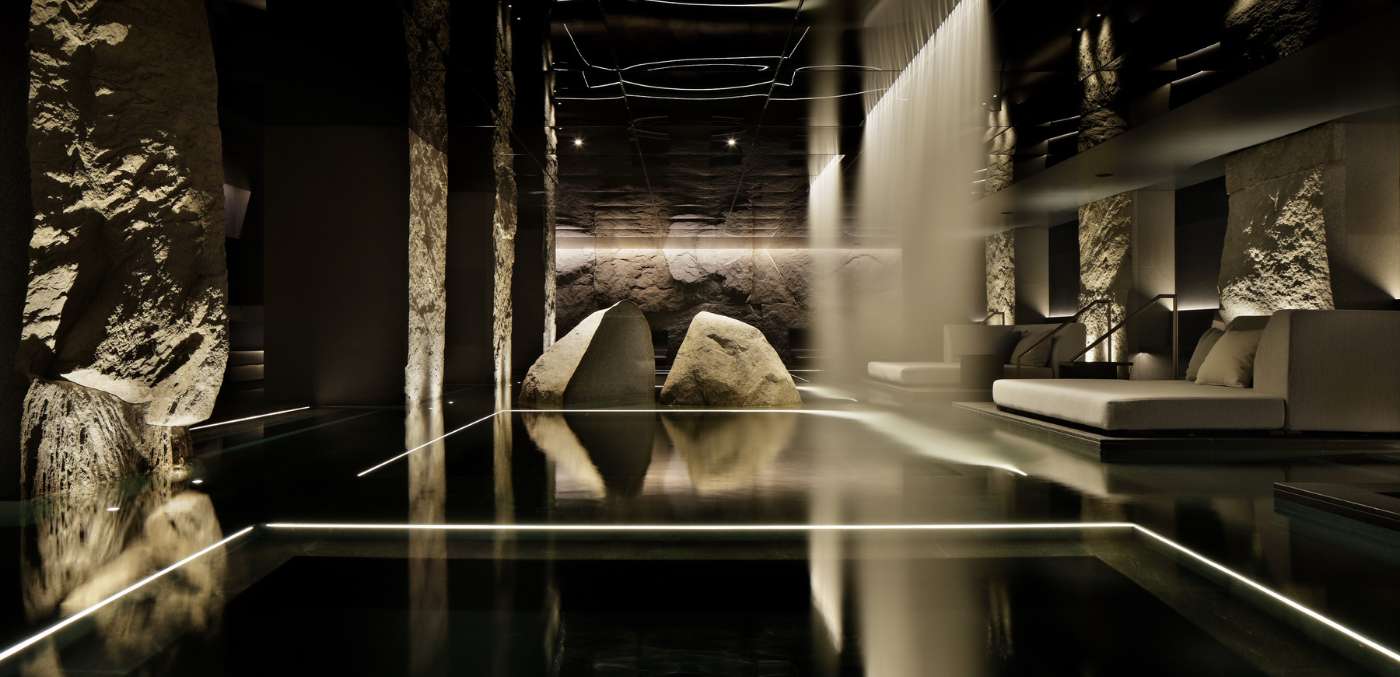
Where most have heard of Japanese onsens, few know about a wood enzyme bath and its health benefits. For a traditional spa experience with an unusual twist, this lesser-known spa treatment blends finely ground cedar or cypress and rice bran with living enzymes to generate heat through fermentation. Once immersed within this warm and natural mixture, the body’s circulation and muscle health will noticeably improve. By the end of the experience, your skin will be left feeling velvety and rejuvenated.
En Hakkou Onnetsu Mokuyoku specialises in thermal wood bathing, with several locations across Japan that offer various wood bathing treatments targeting different wellness needs.
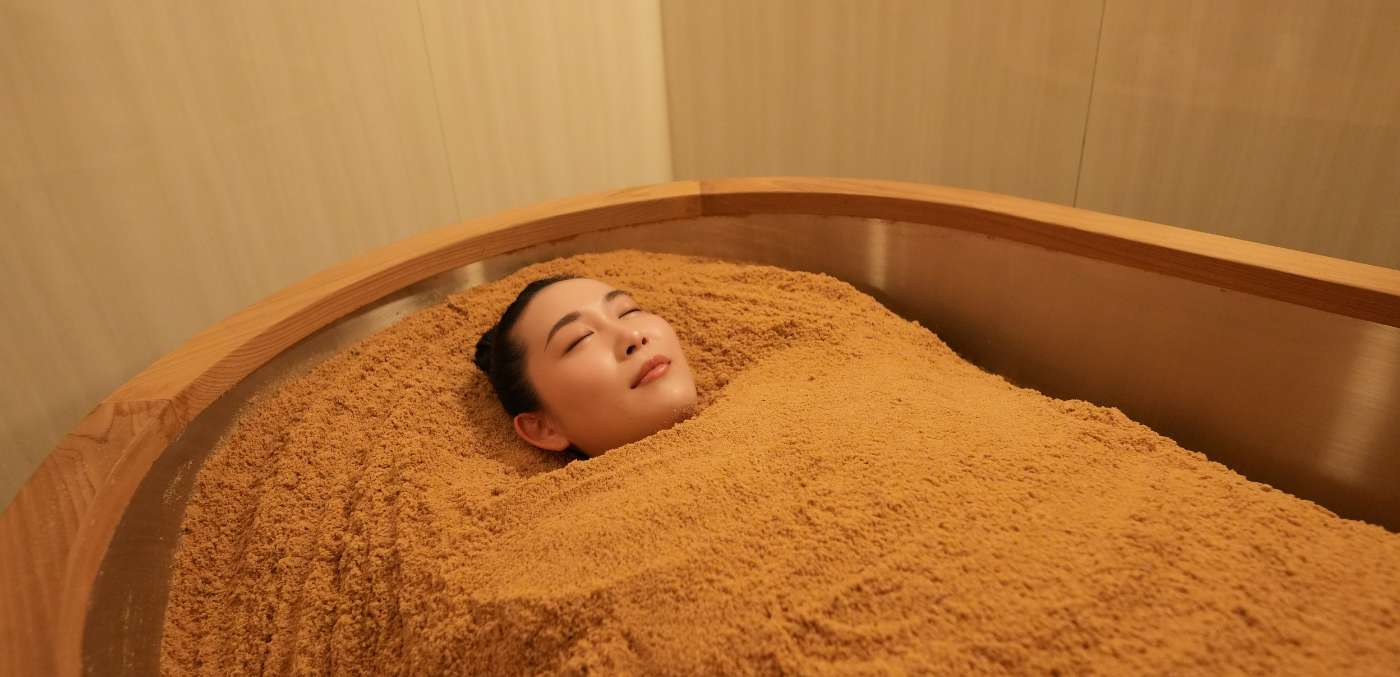
FAQs
What are spas called in Japan?
Typical spas in Japan are called onsen: a natural hot spring used for bathing. They are naturally heated via geothermal activity, providing mineral-rich water that soothes ailments and boosts wellbeing. While most traditional onsen are open–air, modern spa facilities in Japan offer indoor and outdoor options. Traditional Japanese inns, known as ryokans, offer accommodation with authentic hot spring baths and other cultural immersions.
Can foreigners go to hot springs in Japan?
Yes, foreigners are welcome to visit Japanese hot springs, but there are some regulations that should be respected. Most onsens require you to be fully nude, have no tattoos and take a shower before entering as you are not permitted to clean yourself inside the bath.
Are bathhouses still a thing in Japan?
Most certainly. While the number of traditional sento (bathhouses) has dwindled, bathing rituals remain a significant practice of Japanese culture. They are also a critical aspect of the country’s history and a highly sought-after attraction for tourists visiting for a unique bathing experience. Due to their popularity, many spas in Japan have integrated bathhouses as a central feature.
What happens during a Japanese head spa?
The short answer? A pure pampering. Japanese head spas use specialised treatments focusing on holistic scalp and hair health, employing intensive techniques to deeply exfoliate and rejuvenate. A hair therapist begins the treatment with an assessment of your hair and scalp condition, followed by a relaxing massage, a cleanse, conditioning masks and steam therapy.
What is special about Japanese spas?
Spas in Japan and their associated bathing rituals are deeply rooted in cultural beliefs and behaviour. As onsen are naturally occurring, it is believed that bathing in them offers purification and a closer connection to nature, providing immense relaxation and several health benefits.
Are there any onsens in Australia?
Authentic onsen experiences are so popular that they’ve appeared Down Under. From geothermal springs in Victoria’s Mornington Peninsula to a traditional onsen in New South Wales’ Blue Mountains, Australia has several Japanese spa options without the added expense of a plane ticket.
What do you wear to a Japanese spa?
It doesn’t matter what you wear to spas in Japan because you’ll have to take everything (and I mean everything) off in an onsen. While there are always exceptions, it is a rule in most Japanese spas that you must be nude when bathing.
Traditional Japanese bath robes, called yukata, are usually worn before and after the onsen experience. Historically made for hot spring bathing, yukata should be worn with undergarments, the left side wrapped on top of the right and tied with an obi (belt or sash). Remember to never cross the right side on top of the left as this is how the deceased are dressed, and an obi should be tied at the hips for men and at the waist for women.
Read more about all things onsen: Japanese onsen 101: a visitor’s guide.
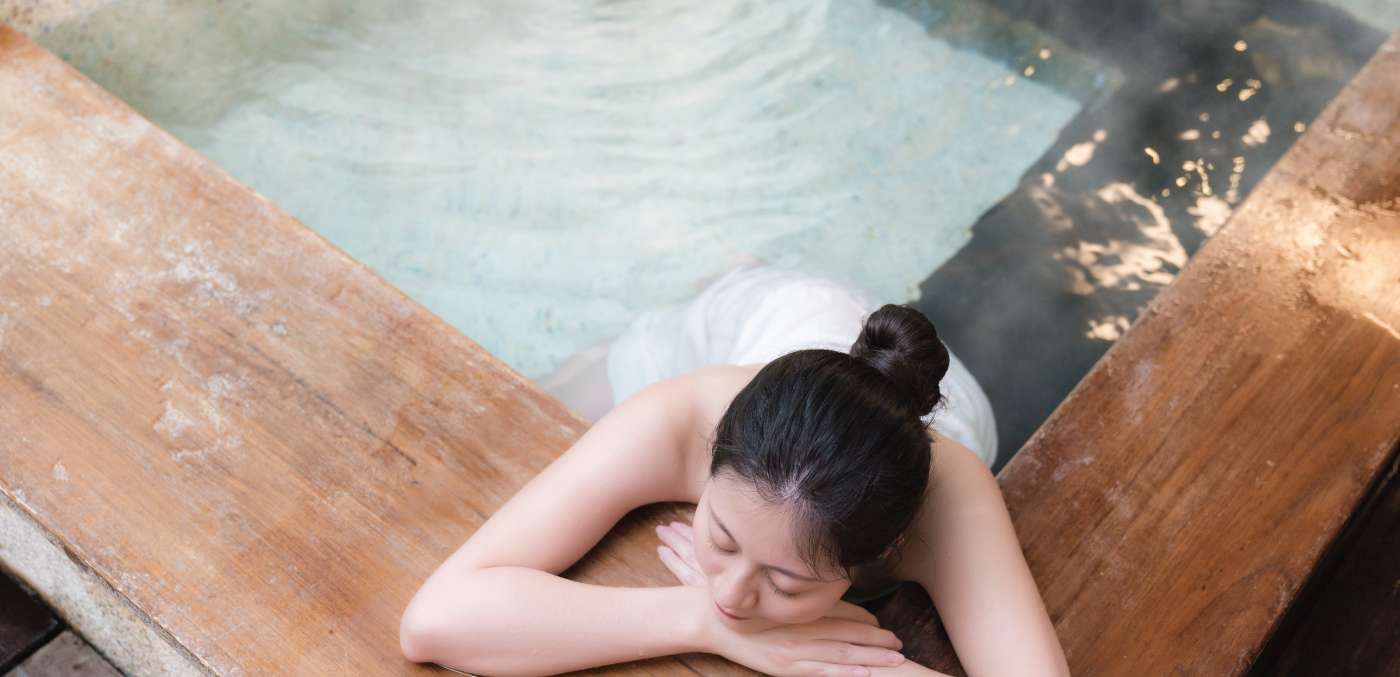
This article originally appeared in volume 29 of Signature Luxury Travel & Style magazine. Subscribe to the latest issue below.






